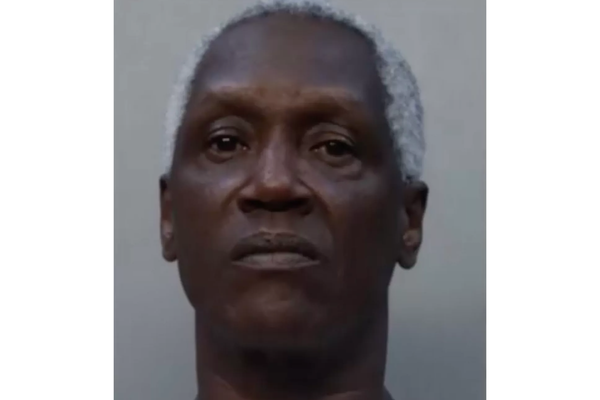
Scroll through TikTok’s finance feed and you’ll come across viral videos on “infinite banking.” The concept is making a splash on social media, fueled by celebrities like rapper Waka Flocka Flame.
But infinite banking is nothing new. The term was coined by economist Nelson Nash in the 1980s and outlined in his 2000 book, “Becoming Your Own Banker: Unlock the Infinite Banking Concept.” The strategy involves tapping into the cash value of certain life insurance policies like whole life and treating it as a personal bank.
Nash promoted infinite banking as a path to financial freedom and wealth creation. But it’s a little more complicated than Waka Flocka Flame and TikTokkers claim.
HOW INFINITE BANKING WORKS
Whole life insurance policies usually last your entire life and have a cash value component that grows at a guaranteed rate over time. This rate of return varies among insurers, but it’s typically around 5%, Barry Flagg, a chartered life underwriter in Tampa, Florida, and the founder of the life insurance research company Veralytic, said in an email.
Once your policy has accumulated enough cash value, you can begin to take out loans against the funds — and that’s where the concept of “banking on yourself” comes in.
When you pay your life insurance premium, a portion goes to the policy’s cash value component. Infinite banking takes it one step further: Policyholders pour extra money into the cash value to speed up growth. They then treat it as a personal line of credit and borrow against the policy’s cash value to pay for large purchases instead of relying on traditional lenders or dipping into savings.
But cash value life insurance can be complex and pricey, and infinite banking is a nuanced concept. For these reasons, it’s best suited to high net worth individuals with a high risk tolerance to match, Flagg says.
TURNING YOUR POLICY INTO A PERSONAL BANK
This strategy has perks. For example, you don’t have to qualify for a cash value loan in the same way you do for traditional loans. The money within cash value policies is liquid, and there’s no requirement to repay the loan by a set date — or at all. If you don’t, though, your insurer will subtract the amount you borrowed from the policy’s death benefit, leaving your beneficiaries with a lower payout when you die.
Under infinite banking, the cash value is collateral for the loan and the life insurance policy is tied to it. This means you risk losing your coverage if you don’t watch the cash value closely. Insurers charge interest on cash value loans, too.
“If you were truly borrowing from yourself, you wouldn’t be paying yourself interest,” says Daphne Jordan, an Austin, Texas-based certified financial planner and wealth adviser at Pioneer Wealth Management Group.
What’s more, infinite banking is expensive. For example, a healthy 40-year-old man can expect to pay $7,028 per year on average for a $500,000 whole life policy, according to Quotacy, an online life insurance brokerage. In most cases, he’d pay premiums every year for the rest of his life.
The financial obligations don’t stop there. Infinite banking only works when policyholders overfund the cash value. For a 40-year-old man in good health, that means contributing money beyond the $7,028 paid in annual premiums. It’s common practice in infinite banking to allocate around 10% of your income to the cash value each month, which is no small commitment.
Another downside of infinite banking is time. It can take years or even decades to build the cash value you need to start taking out loans without penalty.
THINK ABOUT YOUR PRIORITIES
The primary purpose of life insurance is to leave money to your loved ones when you die, not build wealth.
For Jordan, wealth creation is a science, and it starts with taking care of the basics.
Think paying off debt like student loans and credit cards and building an emergency savings fund. Aim to open a high-yield savings account at a bank insured by the Federal Deposit Insurance Corp., or FDIC, or at a credit union backed by the National Credit Union Administration, or NCUA, and save enough money to cover three months of living expenses.
Focusing on your retirement comes next. Jordan recommends directing at least 10% of your income into a tax-advantaged retirement account, like a 401(k) or Roth IRA, before exploring something like infinite banking.
“When you’re on an airplane, they always tell you to put the oxygen mask on yourself before helping others,” Jordan says.
“The way you do that with building wealth is to get rolling on saving for the unexpected and saving for your future self.”
_______________________________
This article was provided to The Associated Press by the personal finance website NerdWallet. The content is for educational and informational purposes and does not constitute investment advice. Katia Iervasi is a writer at NerdWallet. Email: kiervasi@nerdwallet.com.
RELATED LINK:
NerdWallet: Cash value life insurance: Is it right for you? https://bit.ly/nerdwallet-cash-value-life-insurance






